department of energy
Latest

Biden administration earmarks $1.2 billion for two large-scale carbon capture projects
The Department of Energy is giving grants of up to $1.2 billion to two direct air capture (DAC) projects that aim to remove more than 2 million metric tons of carbon dioxide from the atmosphere every year. The agency says that's equivalent to the annual emissions of around 445,000 gas-powered cars.
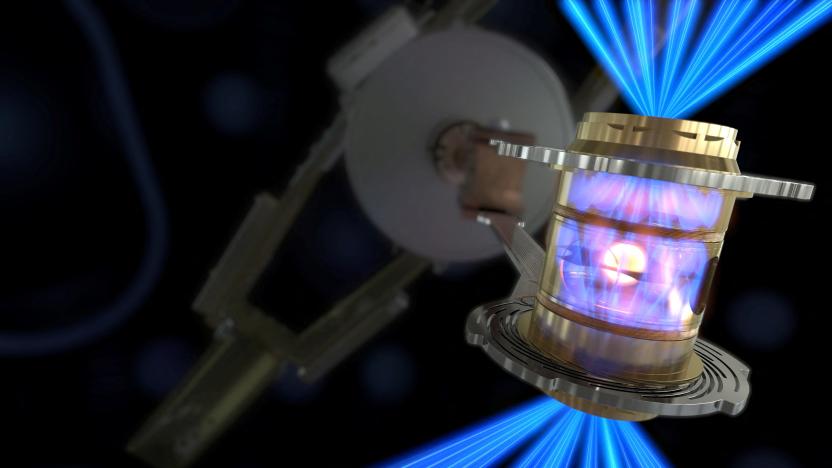
Scientists have reproduced last year's nuclear fusion breakthrough
Scientists have once again achieved a net energy gain after using a laser to smash two lighter atoms together to create a denser one. The process is said to have a lot of potential as a source of sustainable, low-carbon energy.

Scientists achieve fusion ignition, a major milestone in clean energy production
Fusion power is now much closer to reality after scientists achieved the first reaction with a net energy game.
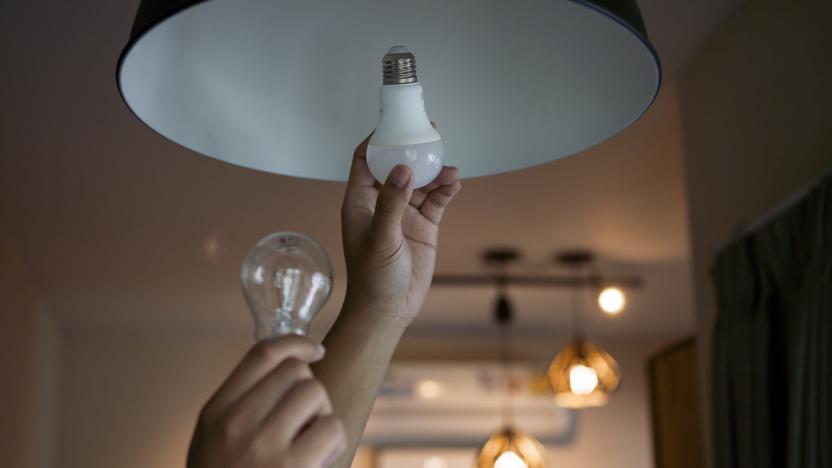
The Energy Department will block sales of inefficient light bulbs
New efficiency standards may help reduce carbon emissions by 222 million metric tons.

Energy Department challenges students to wring more efficiency from EVs
The Energy Department has launched a challenge that asks students from 15 universities to squeeze more efficiency from EVs.
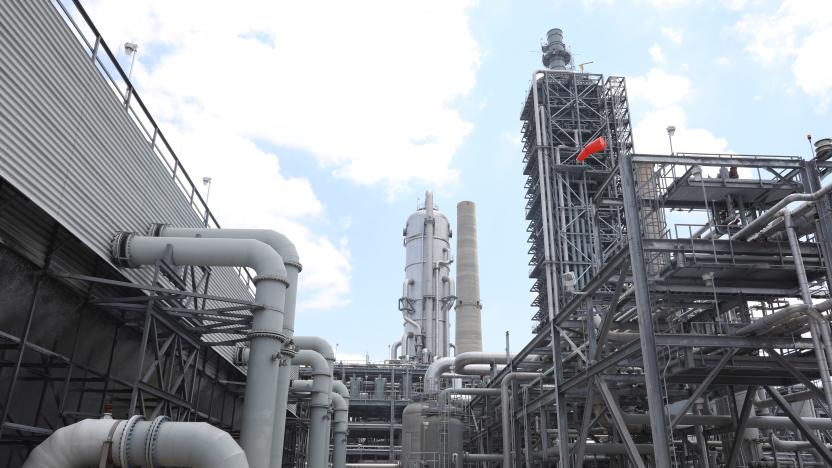
The US government spent $1.1 billion on carbon capture projects that mostly failed
The GAO has said that federal agencies have spent $684 billion on coal plant carbon capture and storage (CCS) projects that have mostly failed.

US Department of Energy wants to dramatically reduce the cost of carbon capture technology
The US Department of Energy wants to accelerate the development of carbon capture technology. On Friday, the agency announced a program called Carbon Negative Shot.
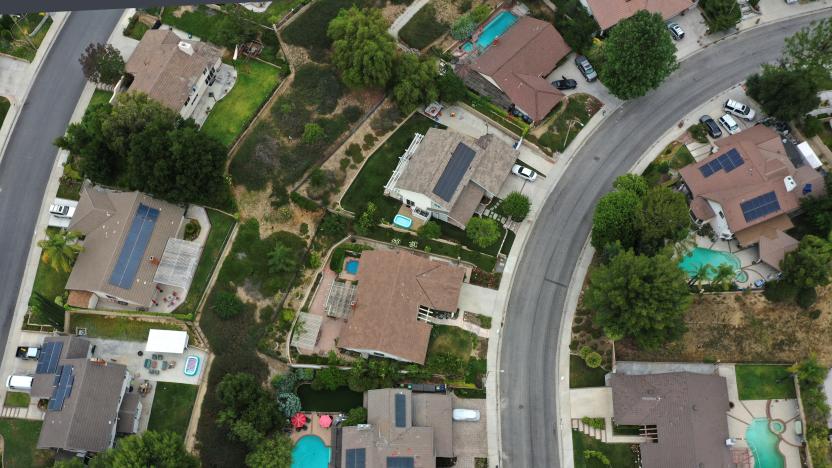
US energy department hopes instant permits will boost rooftop solar installations
The Department of Energy (DoE) has announced that it's rolling out a new tool that will make it much easier and faster to get a permit for a rooftop solar installation.
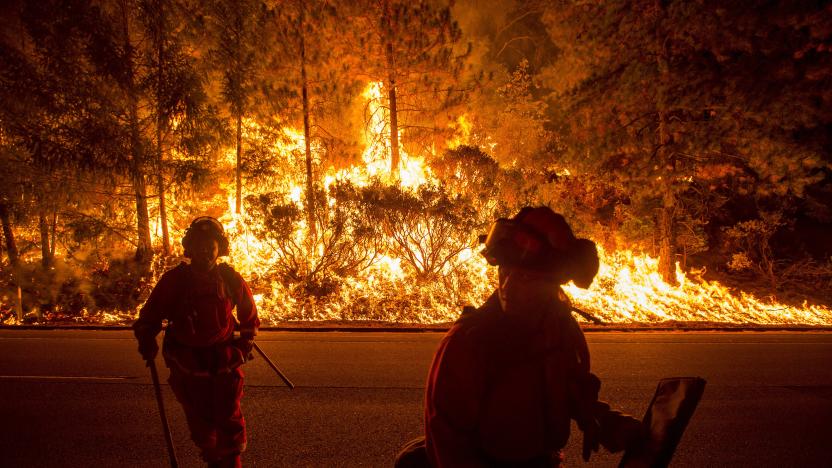
Microsoft is helping the government build AI disaster response tools
Microsoft and the DOE are building AI disaster response tools.

Energy Department unveils roadmap for a national quantum internet
The Energy Department has outlined plans for a national quantum internet that will use national labs as its heart.

Department of Energy will invest $300 million in green transportation research
The US Department of Energy (DOE) has set aside nearly $300 million, split across three separate funding opportunities, in new grants to promote the development of sustainable transportation tech. The first of the funds will see the DOE's Vehicles Technologies Office offer up to $133 million in grants to groups that pitch new battery, engine and fuel technologies.

Trump admin blocks expanded rules against inefficient lightbulbs
On Friday the Department of Energy announced it will not allow amended standards for incandescent lamps to go into effect. Following the passage of the Energy Independence and Security Act of 2007 there was talk of a "ban" on incandescent lights, but that wasn't exactly what the rules mandated. While there has been a regulatory push toward more efficient LED lighting that's cheaper to use over time and better to reduce climate change-causing emissions, stricter definitions finalized by the Obama Administration would have blocked the sale of bulbs under a certain level of efficiency beginning on January 1st, 2020. In combination with another change announced in September, the Energy department is now blocking stricter rules and keeping older-style, less-efficient lighting on the shelf. The current administration has argued that it favors consumer "choice" of bulbs that may be available for cheaper up front and says that LED bulbs dominating the marketplace shows new rules aren't needed. Conservationists and many others claim that is not true at all, and incandescent bulbs have already been phased out by law in many other places. According to them, the move is backed by bulb manufacturers who want to dump their inefficient products -- that haven't been made in the US for years -- on US consumers. In response, the Natural Resources Defense Council notes several states, including California, Colorado, Nevada, Washington, and Vermont, have established their own higher standards for lightbulbs. Also, 16 attorneys general are suing the administration over the moves, and in November New York AG Letitia James said "The United States cannot and will not be the exception to the international movement to phase out the inefficient, unnecessary, and costly use of incandescent bulbs."
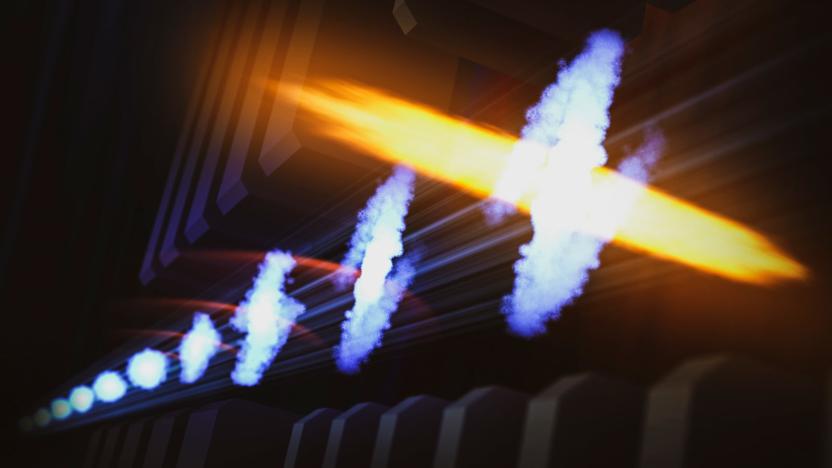
X-ray lasers can spot elusive electron motion
Scientists can track the movements of an atom's nucleus relatively easily, but electrons have proven elusive -- they move so fast that they tend to be reduced to blurs. Now, however, those movements could be crystal clear. Researchers at the SLAC National Accelerator Lab have developed a technique, X-ray laser-enhanced attosecond pulse generation (XLEAP), that can observe even the fastest motions of electrons. The laser pulses at just 280 attoseconds, or billionths of a billionth of a second, and can create snapshots of electrons to track their progress. The trick was to modify the laser in a way that squeezed electrons into tighter groups, making for shorter X-ray bursts.

AMD and Cray are building the 'world's most powerful supercomputer'
The US may be set to hang onto the crown of having the world's most powerful supercomputer for some time. Cray Computing and AMD are building an exascale machine with the Oak Ridge National Laboratory. The system is set to debut in 2021, the same year Cray and Intel are scheduled to deliver the Aurora exascale supercomputer to the Argonne National Laboratory.
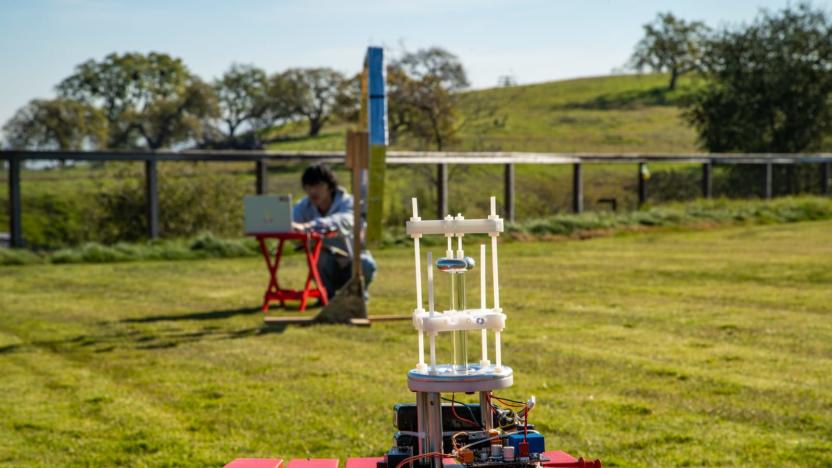
This four-inch antenna could let you text from deep underground
There's a reason that scuba divers use sign language and that caves and tunnels create radio dead zones. The laws of physics prevent radio signals from penetrating materials like water, soil and stone, and that's been a frustrating limitation of modern wireless communication. Now, the Department of Energy's SLAC National Accelerator Laboratory might have a solution: a four-inch-tall, pocket-sized antenna that emits very low frequency (VLF) radiation.

Researchers want to store excess renewable energy as methane
One of the major drawbacks to renewable energy sources like wind and solar is that we don't have an effective way to store excess energy. When the wind blows, we might have more than enough energy to feed the grid, but we can't store the surplus. Then, on breezeless days, we're left powerless. As trite as that might sound, it's unfortunately valid, and companies like Tesla have been trying to develop large battery storage solutions. Now, researchers at Stanford University are working on a biology-based battery alternative.
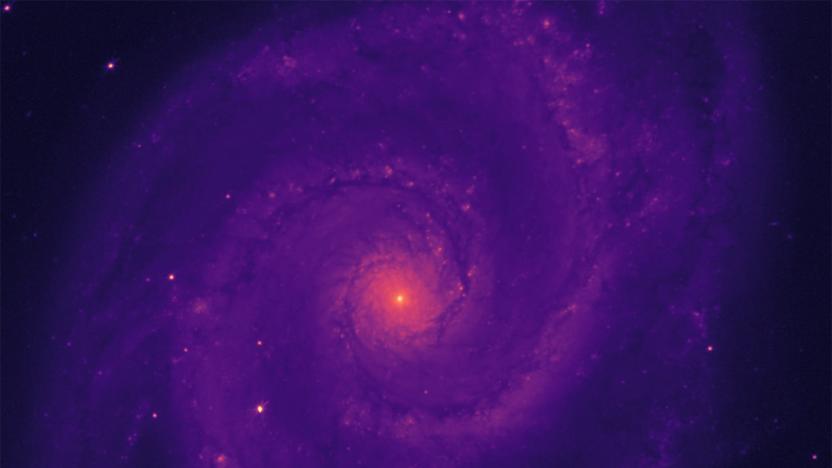
Dark Energy Spectroscopic Instrument lenses get their first look at space
Scientists are one step closer to precisely 3D mapping the galaxy and better understanding dark energy. For years, a team of more than 70 international organizations have been building the Dark Energy Spectroscopic Instrument (DESI), which will allow us to see the sky in a way we never have before. Earlier this week, DESI reached a "first light" milestone when scientists produced the first focused images with the instrument's precision lenses. The images show the Whirlpool Galaxy -- an estimated 23 million light years from Earth.

Intel will build the first exascale supercomputer in the US
The US might currently have the world's most powerful supercomputer, but it isn't resting on its laurels. An international race is on to build exascale supercomputers (systems capable of a quintillion calculations per second) and today, Secretary of Energy Rick Perry announced Intel and sub-contractor Cray Computing will construct the first such system in the US. The supercomputer will be called Aurora, and Intel is aiming to deliver it to the Department of Energy's Argonne National Laboratory in the Chicago area in 2021.

Trump asks for $9.6 billion to bolster cybersecurity in 2020 budget
President Donald Trump has revealed his proposed budget for the 2020 fiscal year, which "supports the creation" of Space Force (USSF) as the sixth branch of the armed forces. The White House also hopes to bolster cybersecurity and NASA exploration missions.

Department of Energy was hacked over 150 times since 2010
Between 2010 and 2014 the US Department of Energy was hit by hackers over 150 times. Just pause and think about that for a moment. In the span of four years, the federal organization that helps regulate our power grid, energy labs and nuclear weapons was successfully infiltrated 159 times. Almost as terrifying, the department was constantly under attack according to records obtained by USA Today. During that time there were 1,131 attempts made to break into the DOE's systems.







